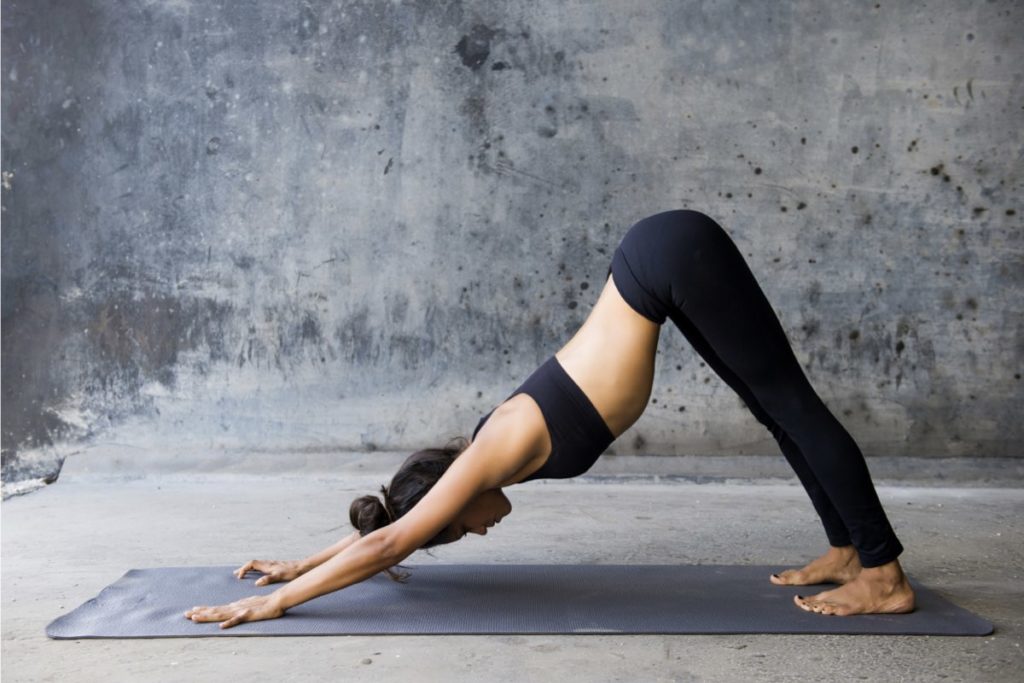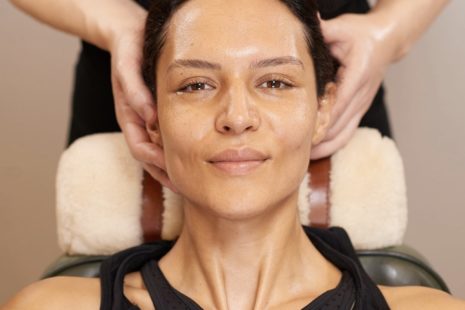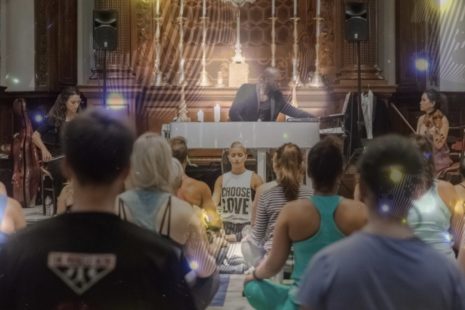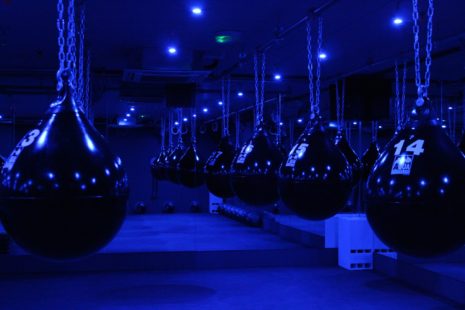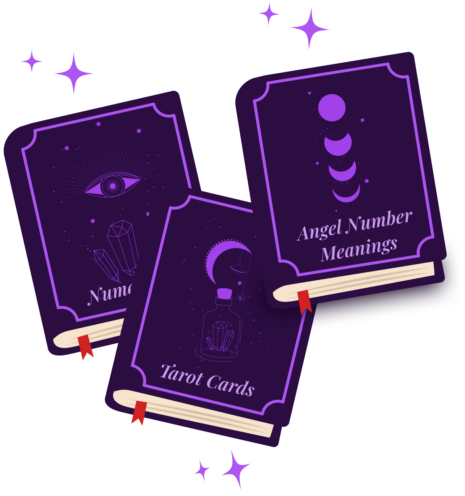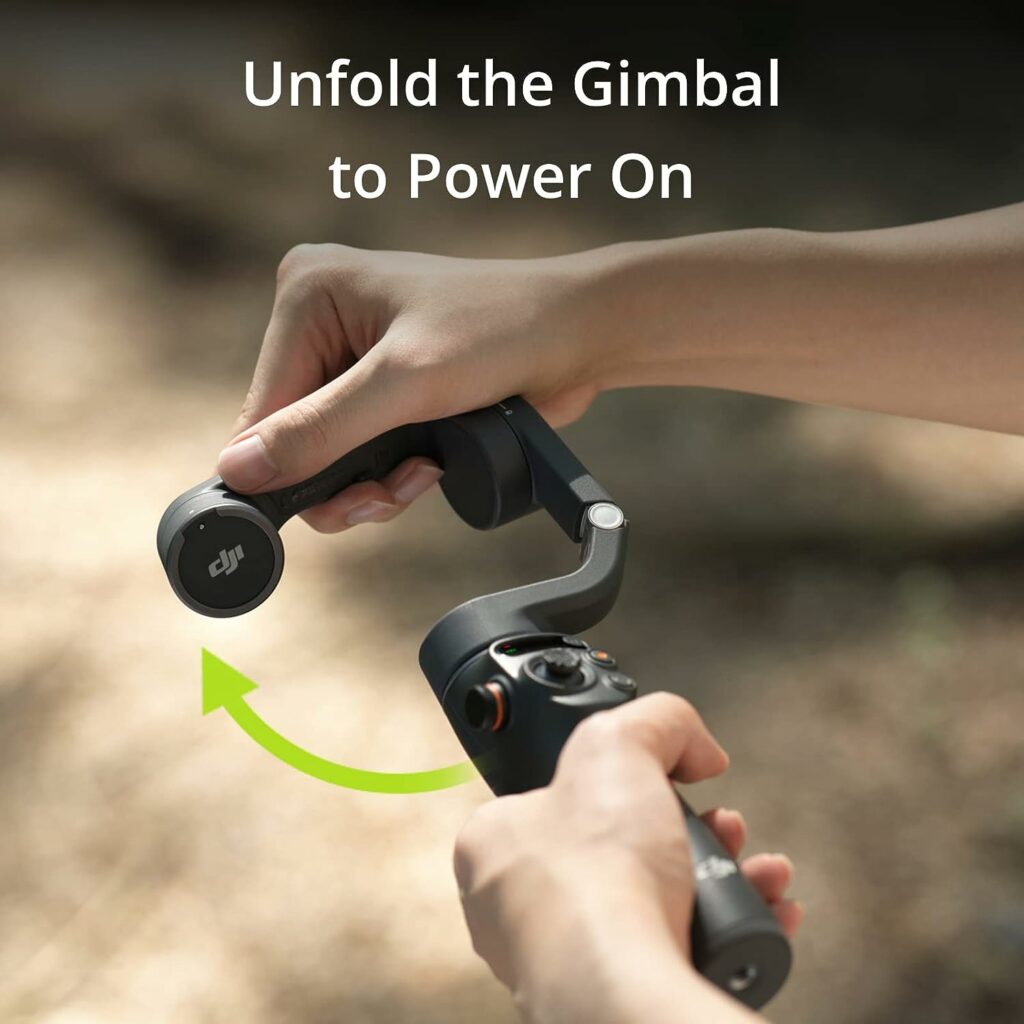Pilates teacher Posie Staveley trains clients at Core Collective, One London, Queens Club and WeWork. She talks to us about what it’s like living with hypermobility and why touching your toes isn’t always cool…
As a Pilates teacher I often hear by many (especially men) that they ‘can’t possibly do Pilates because they can’t touch their toes’. Visually, touching toes may look like the real deal and I can see how this is something everyone aspires to do. However, what we are missing here is the knowledge around how this really could be more of a detriment to your body than anything else. Why? Because if you are hypermobile you are going to damage those joints…
Hypermobility – what is it?
Given that 20% of the population have hypermobility it is often shocking to discover that most people, even those who have it, do not know what it is. In short, hypermobility is the term used to describe the ability to move joints beyond the ‘normal’ range of movement. Although this increased range of motion can serve as an advantage in activities such as gymnastics, dancing, swimming, yoga, (not to mention the Instagram pose with the leg wrapped around the head on top of a mountain), hypermobility can cause numerous problems particularly with joints. Normally, muscles and ligaments help ensure joint stability however when those tissues are too lax, their ability to stabilise joints is compromised and it can lead to severe wear and tear of the ligaments and pain.
What are the symptoms?
There are varying degrees of symptoms to hypermobility but the most obvious is hyperextended knees and/or elbows. I see this a lot hence why I’m forever correcting this in class by enabling client’s to ‘soften the knees’ and ‘engage the quadriceps’ for example. Other symptoms include extreme hip rotation, extreme plantar flexion of the feet, winged shoulder blades, neck and back pain. It is also interesting to see how hypermobility affects not only the physical side but also the mental – be that fatigue, gastrointestinal Issues such as IBS, anxiety and dizziness.
What do we do to help Hypermobility?
The best activities for hypermobile joints are those which help to strengthen the muscles, while the worst activities increase the laxity of the joints. Hot yoga, for example, can be very demanding on ligaments if not performed in the correct way – I learned that the hard way. Another tricky and frustrating thing about hyper-mobility is that muscles can feel very tight; the body lays down trigger points to protectively lay down stability where they otherwise lack it – think tight calf and a hypermobile knee – so you want to stretch but how much is important part. If you just stretch, you could destroy the joints and continue the painful cycle. Instead, you need to work on building stability within the range of movement you al-ready have with quality strength training.
Pilates is the very best form of exercise in order to achieve this. Through pilates you can prioritise strengthening the muscles surrounding the most susceptible joints: shoulders, el-bows, knees and ankles. Pilates aims to strengthen the entire body, with particular emphasis on core strength. By focusing on strengthening your core muscles in your lower back, abdomen, pelvis and hips you will not only become stronger and fitter, but your spine will be protected. By stabilising your entire body, a strong core also lessens the load on the most susceptible joints, reducing the chance for injury there as well. Pilates also enables you to stretch muscles within the ‘safe zone’ avoiding any risk of injury.
Learning and knowing how to deal with hypermobility is the first step towards recovery. Since I first found out about what was actually causing my pain, I have been able to develop into the person today, and I’ve never felt stronger, healthier and fitter! I know my body better than ever and am absolutely passionate about helping those with this condition.
Book a class with Posie at Posie Pilates
Get your weekly DOSE fix here: SIGN UP FOR OUR NEWSLETTER
